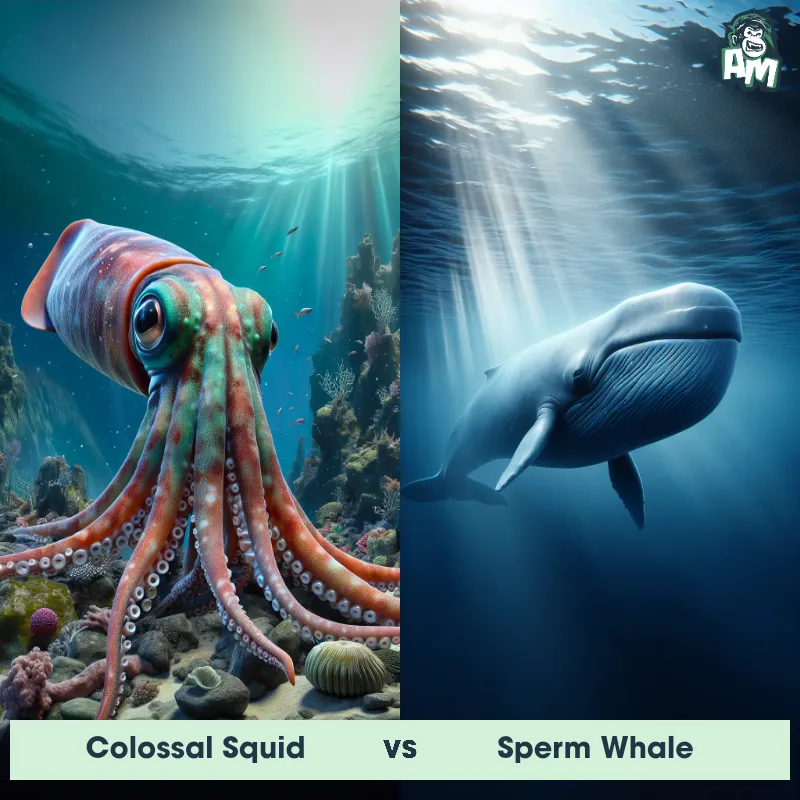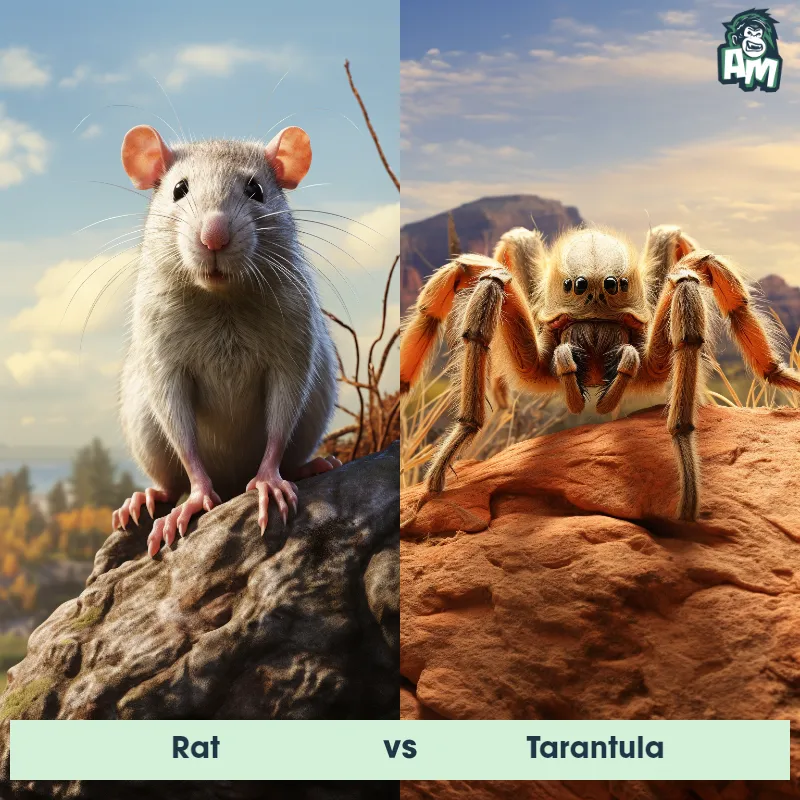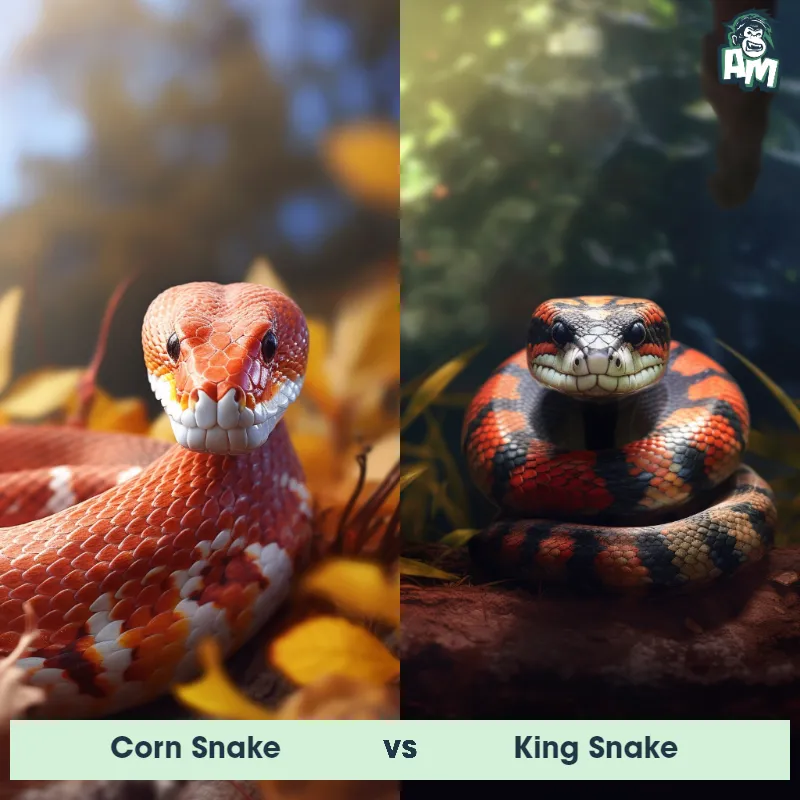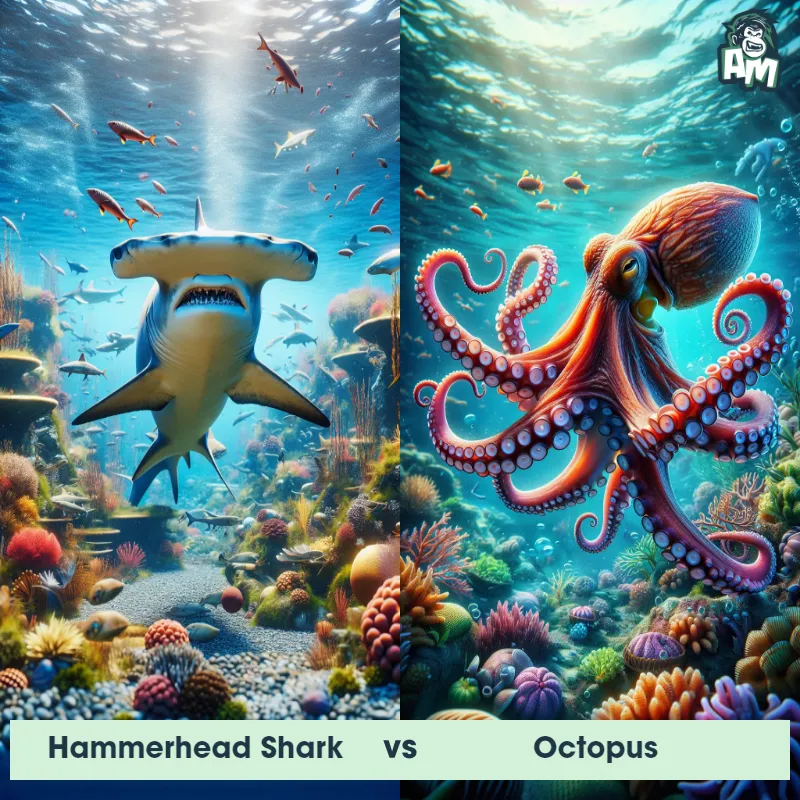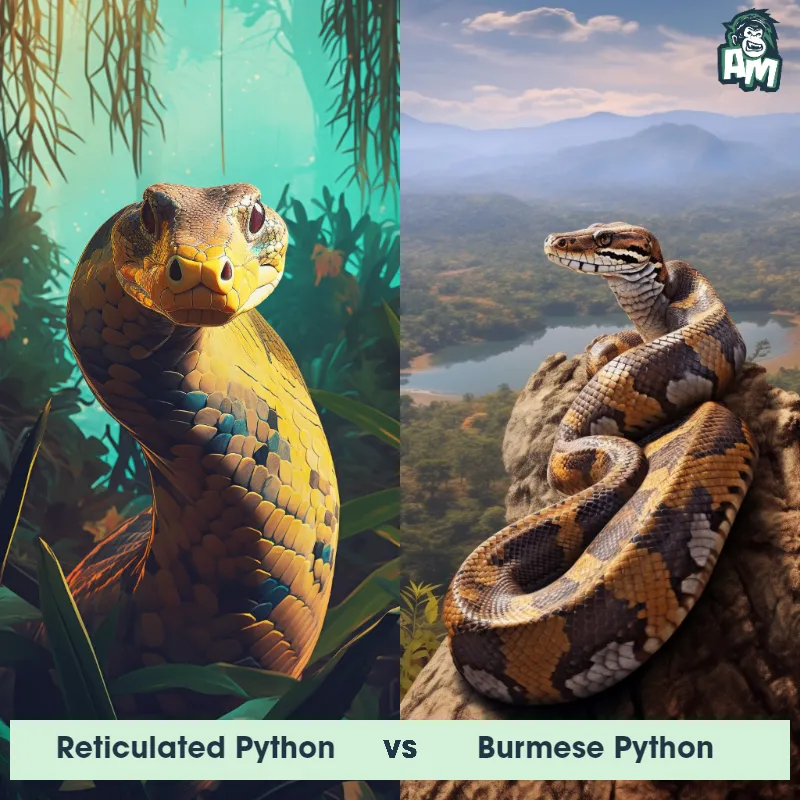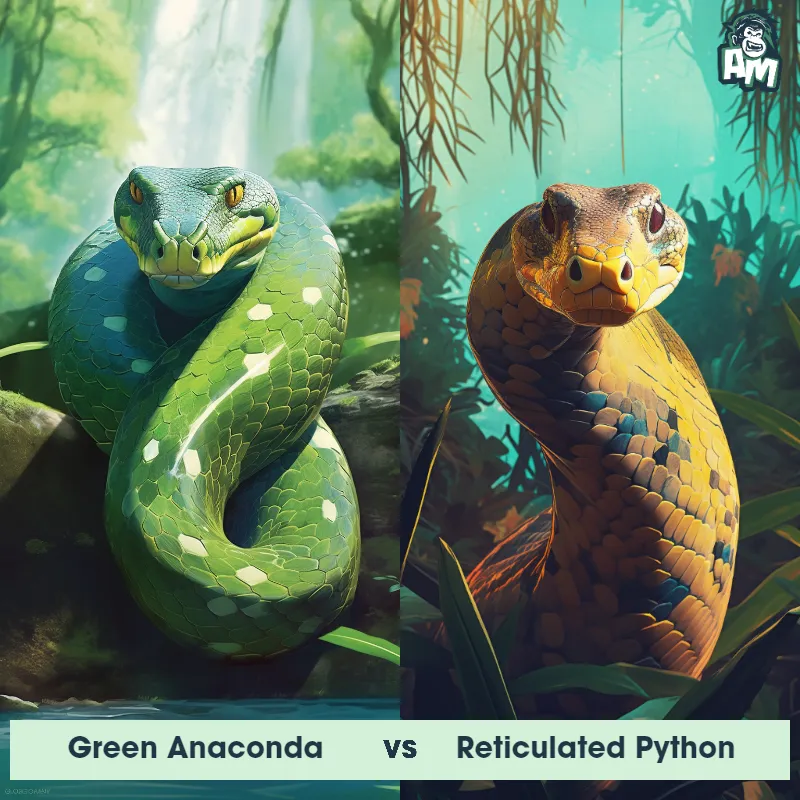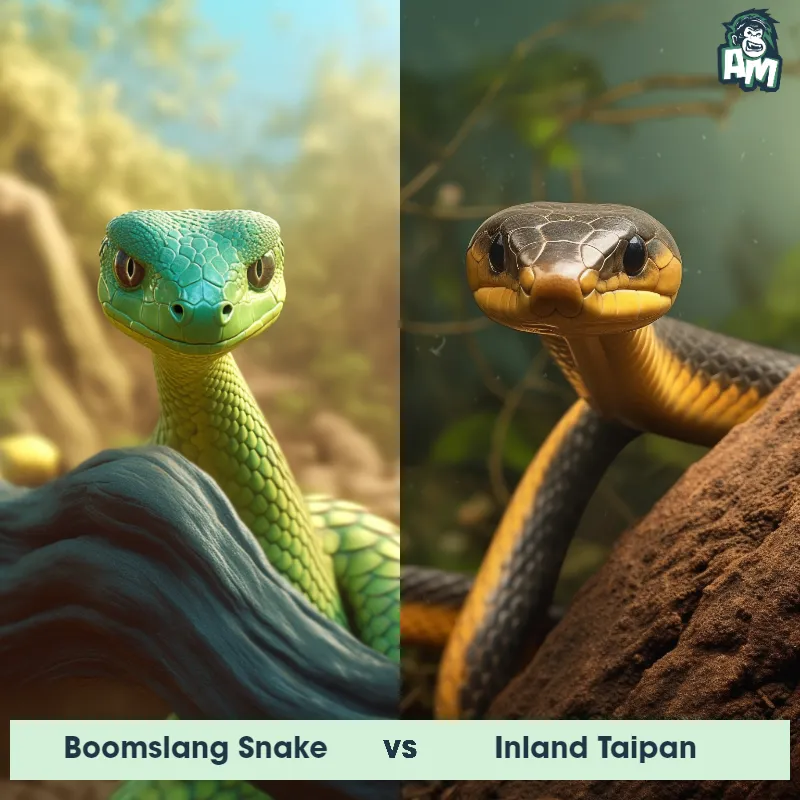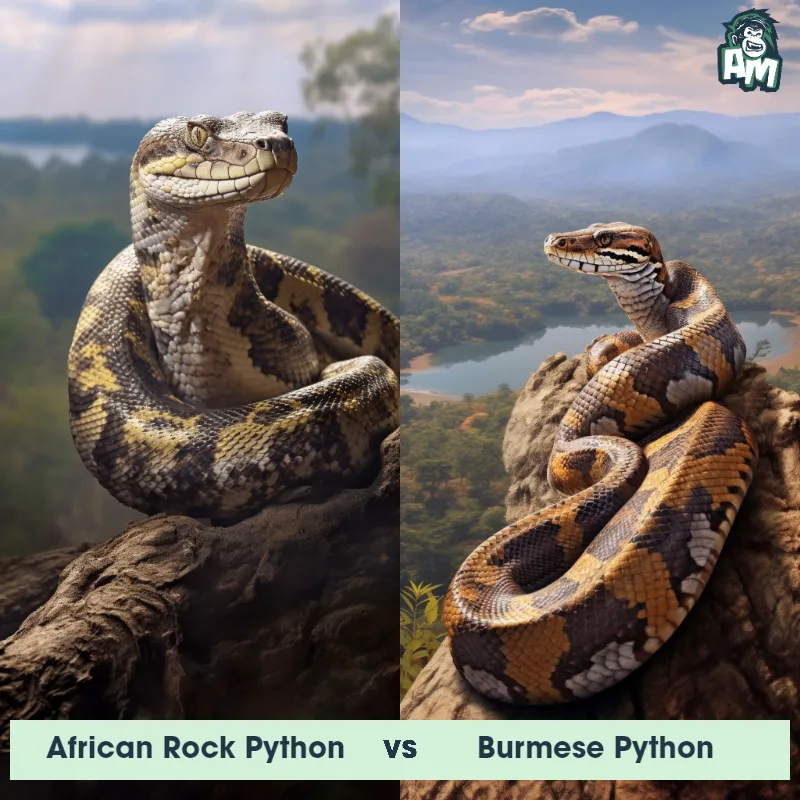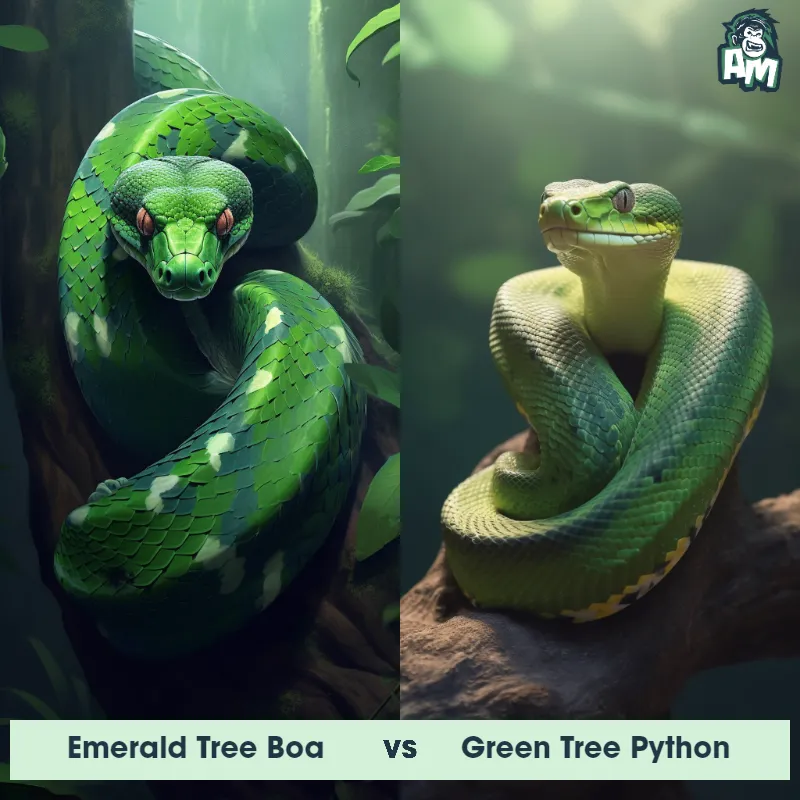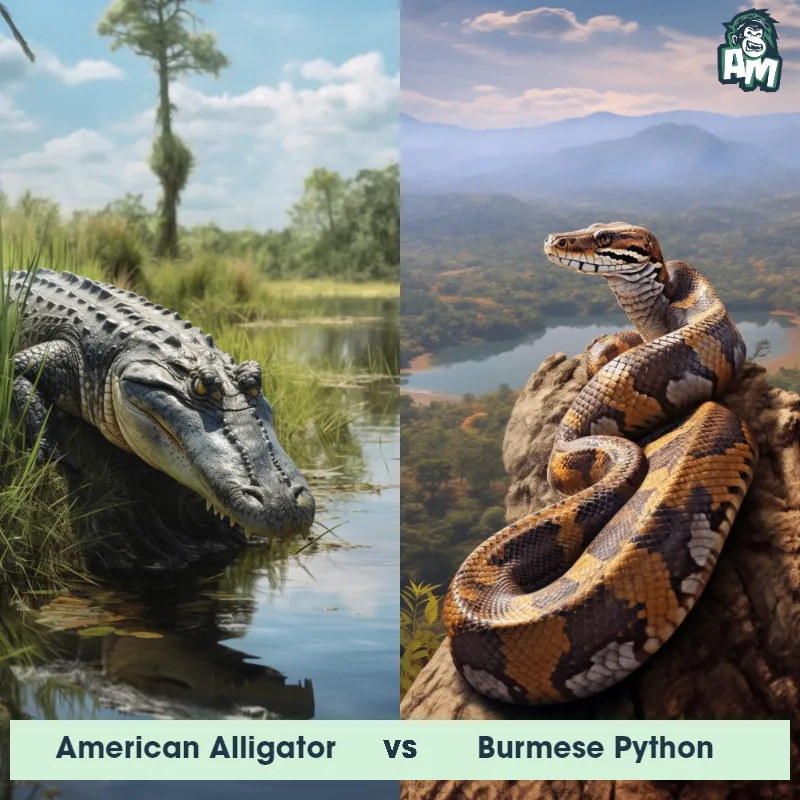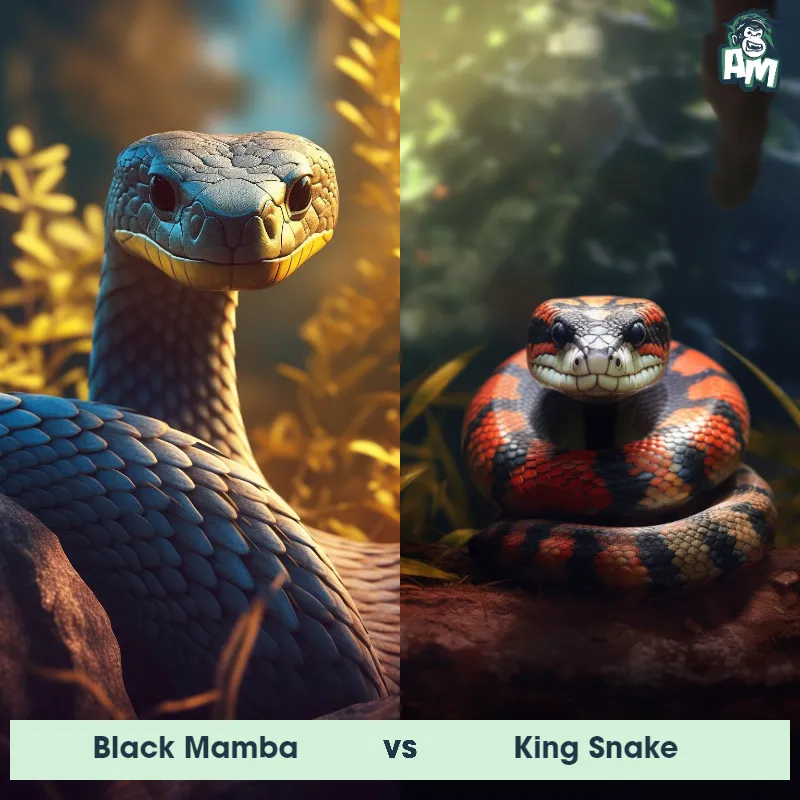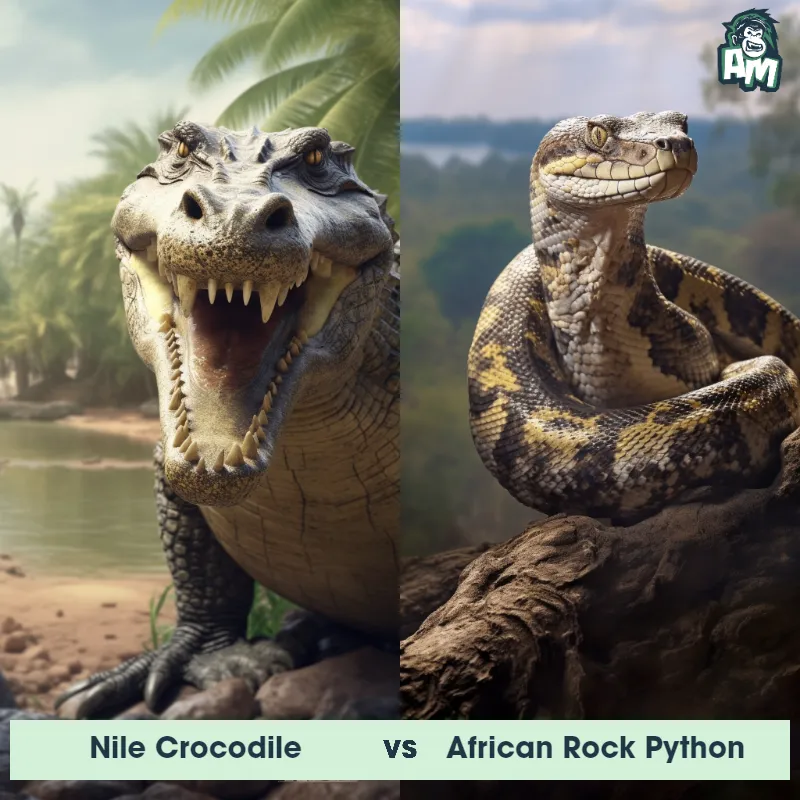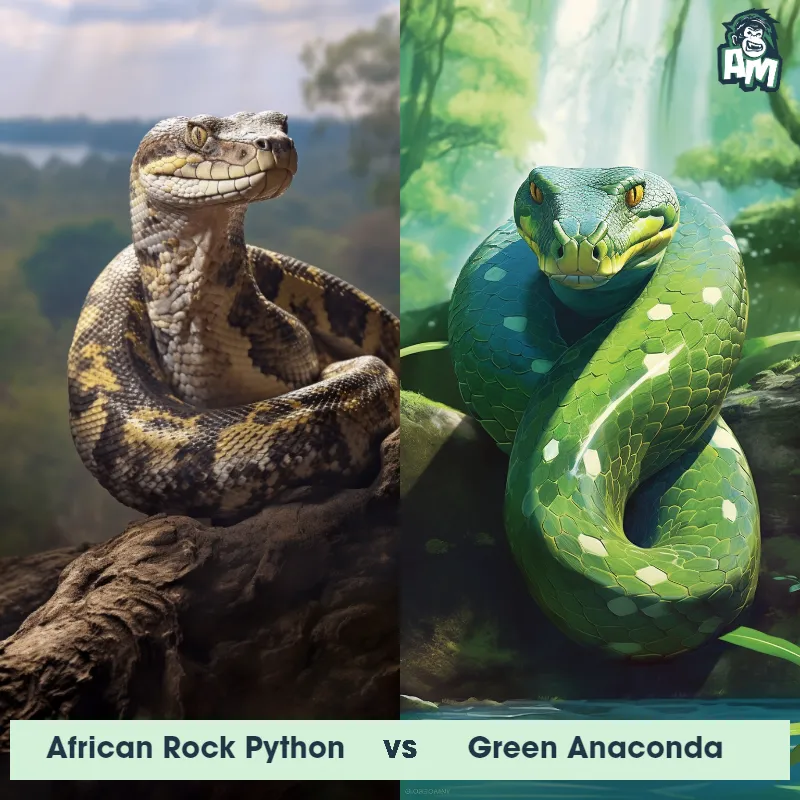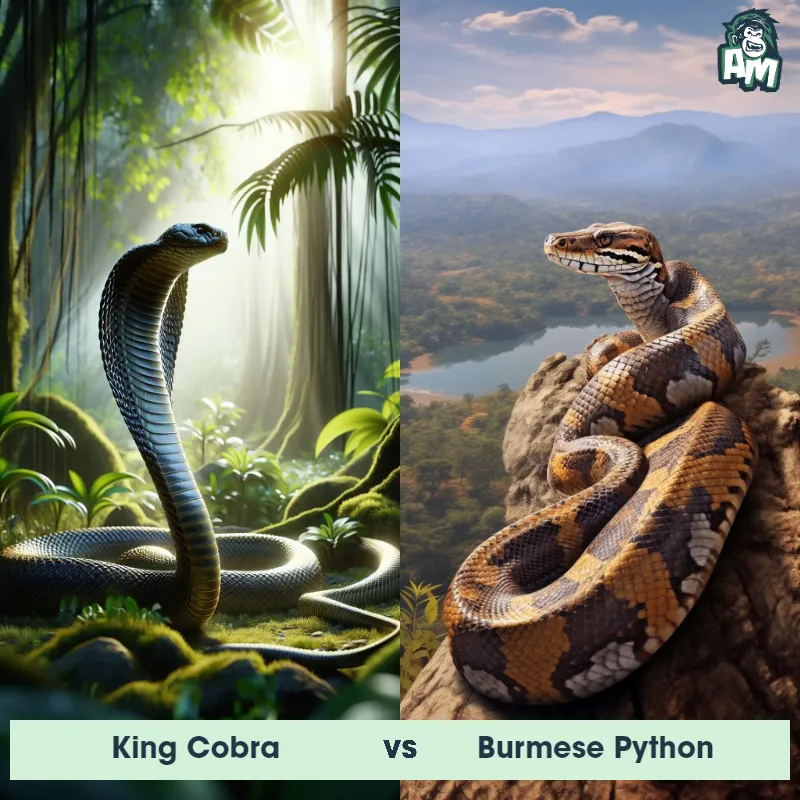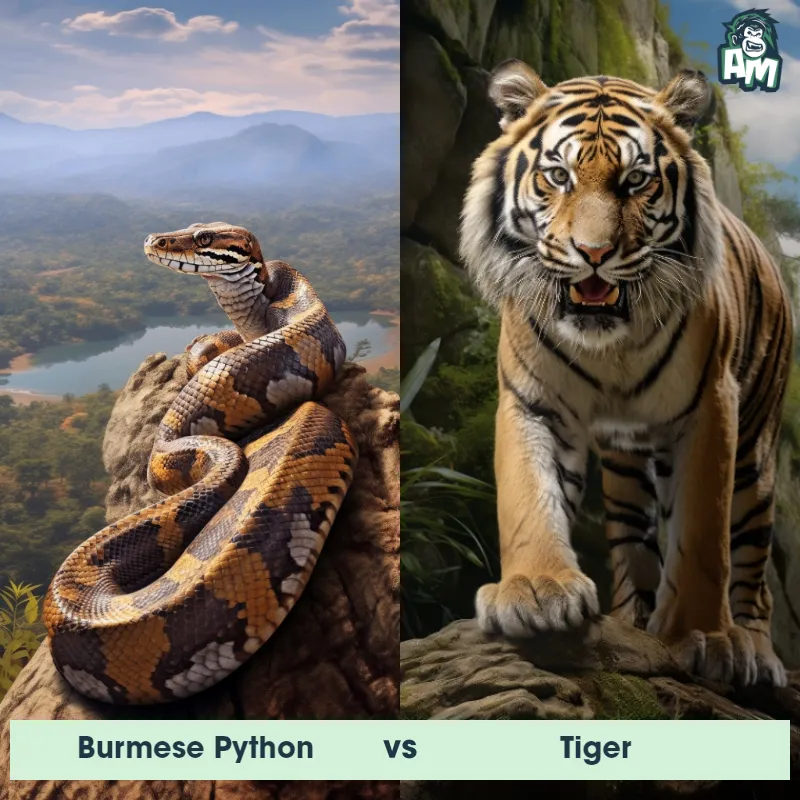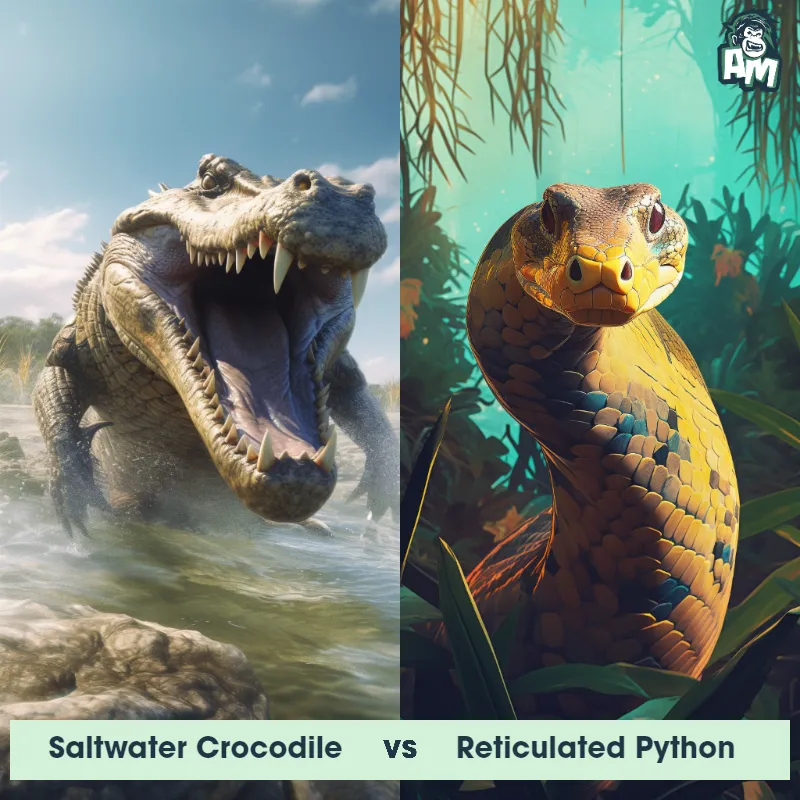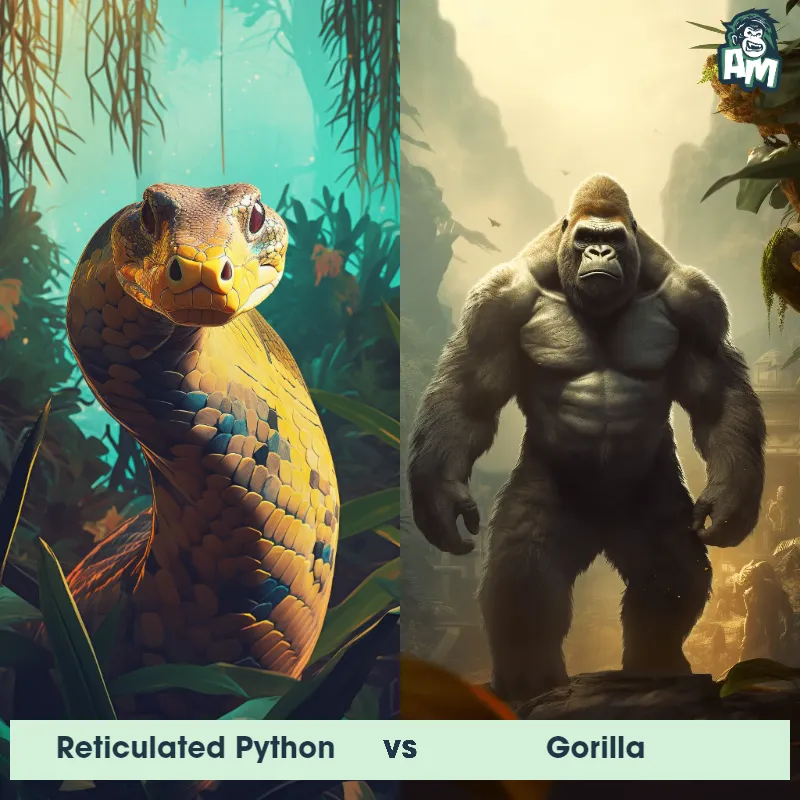Corn Snake vs Ball PythonSee Who Wins
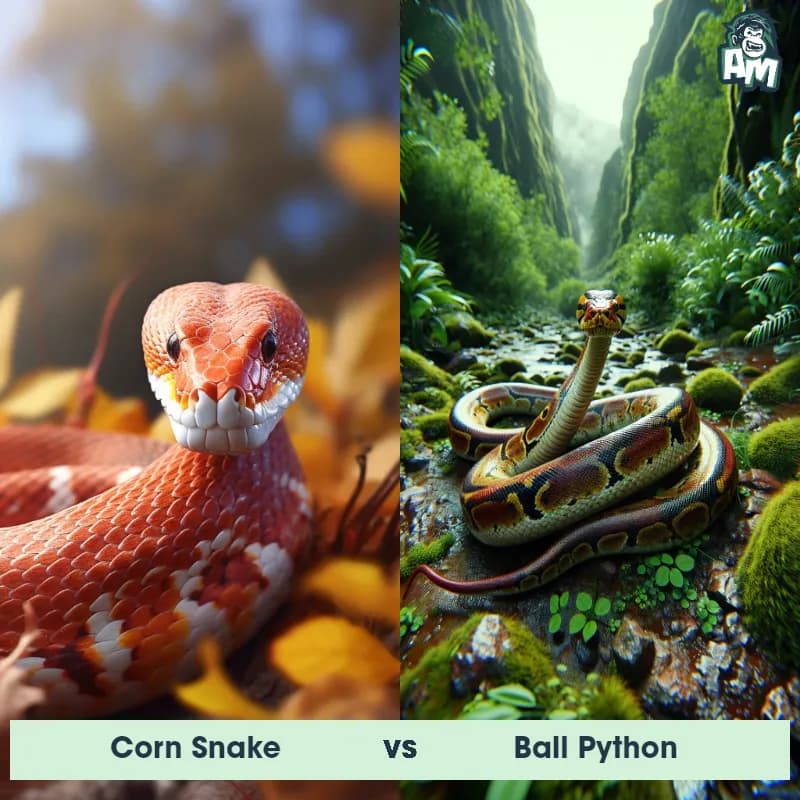
Good evening, ladies and gentlemen! Welcome to this thrilling matchup between two formidable predators in the reptile kingdom. We have an electrifying showdown tonight, featuring a Corn Snake and a Ball Python. Both snakes are renowned for their agility and cunning tactics. This promises to be a memorable three-round bout full of slithering action. Let's dive right into the heart of the competition!
Contender 1: Corn Snake
The Corn Snake, also known as the red rat snake, is a non-venomous species of snake that is native to North America. They are slender and can grow up to 6 feet in length, with a distinctive pattern of orange, brown, and black scales. Corn snakes are known for their docile nature and are popular pets among snake enthusiasts. They are also excellent climbers and can be found in a variety of habitats, including forests, fields, and rocky areas.
Fun Fact: Corn snakes are excellent escape artists and can squeeze through small openings, such as gaps in cages or loose vents, making it important for owners to secure their enclosures properly.
Contender 2: Ball Python
The Ball Python, also known as the Royal Python, is a non-venomous snake native to Sub-Saharan Africa. These snakes are named "ball" pythons because they have a habit of curling up into a tight ball when they feel threatened or defensive. They have a smooth and shiny appearance, with a varying array of colors and patterns, including various shades of browns, blacks, and whites. Ball pythons have a unique heat-sensing ability due to specialized pits in their faces, which helps them locate and capture prey. They are known for their docile and calm nature, making them popular pets among snake enthusiasts.
![[object Object] Gif](https://tenor.com/view/yawn-snake-slither-hiss-animal-gif-17279037.gif)
Fun Fact: Ball pythons are known for their ability to go for long periods without food. In the wild, during the dry season, they can survive for up to six months without eating by conserving their energy and slowing down their metabolism.
Matchup Stats
| Corn Snake | Ball Python | |
|---|---|---|
| Size | Up to 6 feet (1.8 meters) | 4-6 feet (1.2-1.8 meters) |
| Weight | Up to 2.5 pounds (1.1 kilograms) | 3-5 pounds (1.4-2.3 kilograms) |
| Speed | Speed: 5 mph (8 km/hr) | 1mph (1.6km/h) |
| Key Strength | Constricting ability | Constriction and agility |
| Biggest Weakness | Lack of venom | Lack of venom or defensive weaponry |
Current Votes
Corn Snake vs Ball Python
See Who Wins
View More Matches
Looking For More?
Similar Matches
Scientific Stats
| Corn Snake | Ball Python | |
|---|---|---|
| Scientific Name | Pantherophis guttatus | Python regius |
| Family | Colubridae | Pythonidae |
| Habitat | Forests, fields, rocky areas | Terrestrial |
| Geography | North America | Sub-Saharan Africa |
| Diet | Rodents, birds, small animals | Small mammals, birds, and reptiles |
| Lifespan | 6 years - 20 years | 15 years - 30 years |
Key Differences between Corn Snake and Ball Python
- Belly Patterns: When examining the ventral side, or belly, of these snakes, another difference becomes apparent. Corn snakes typically possess relatively simpler and less distinct belly patterns, often consisting of a light-colored or white base with few markings. In contrast, Ball pythons exhibit more intricate belly patterns, which can consist of a combination of stripes, blotches, or intricate markings.
- Head Shape: Another distinguishing visual characteristic is the head shape. Corn snakes have a slightly pointy and elongated head with round eyes, while Ball pythons have a more rounded head shape and relatively smaller eyes.
- Size: Corn snakes are generally smaller than Ball pythons, with males reaching an average length of 3 to 4.5 feet, while females can grow up to 5 to 6 feet. In contrast, Ball pythons are known for their larger size, with males typically reaching lengths of 2 to 3 feet, and females ranging from 3 to 5 feet.
- Coloration and Pattern: One of the most noticeable differences between the two species is their coloration and pattern. Corn snakes exhibit vibrant and diverse color variations, including reds, oranges, yellows, and whites, often arranged in a pattern resembling corn kernels. On the other hand, Ball pythons tend to have more subdued colors, with variations of brown, black, and beige, and unique dorsal blotches that resemble a "ball."
- Scales and Texture: Corn snakes are known for having smooth and glossy scales, giving them a sleek appearance. In contrast, Ball pythons have slightly rougher scales, which can give them a duller appearance in comparison.
- Body Structure: Corn snakes have a slender and elongated body, with a relatively uniform thickness from head to tail. Ball pythons, however, are known for their stockier body structure, becoming progressively thicker toward the middle of their body and then tapering towards the tail.



